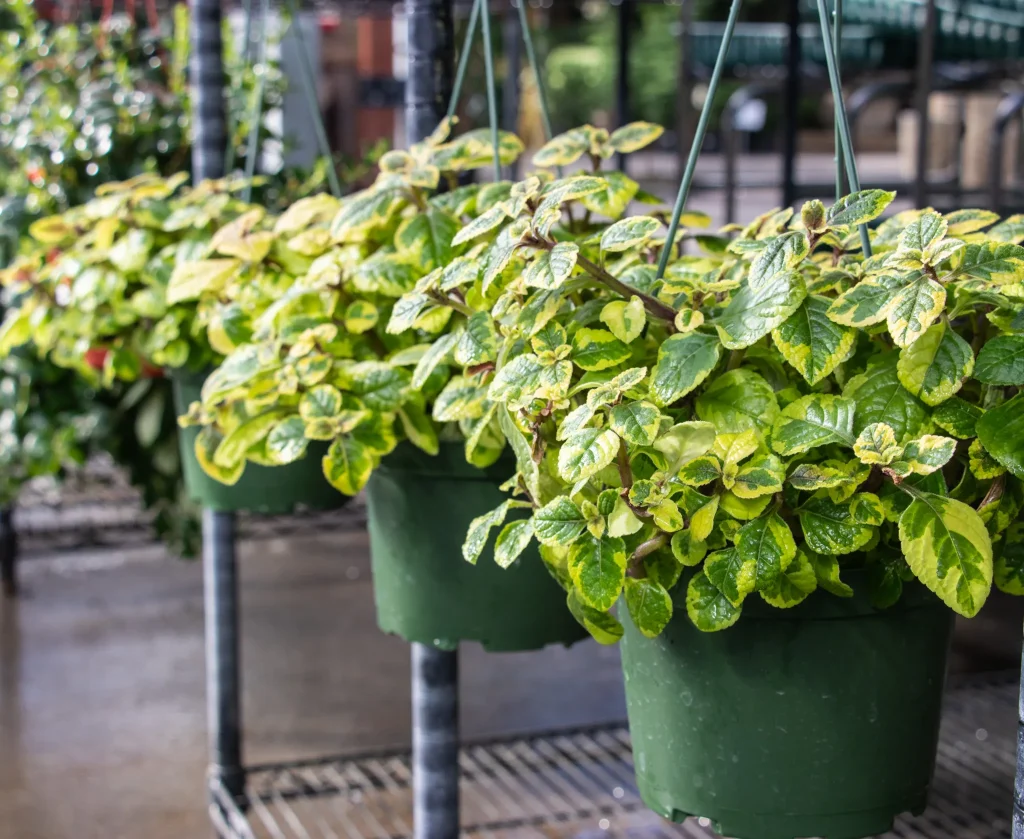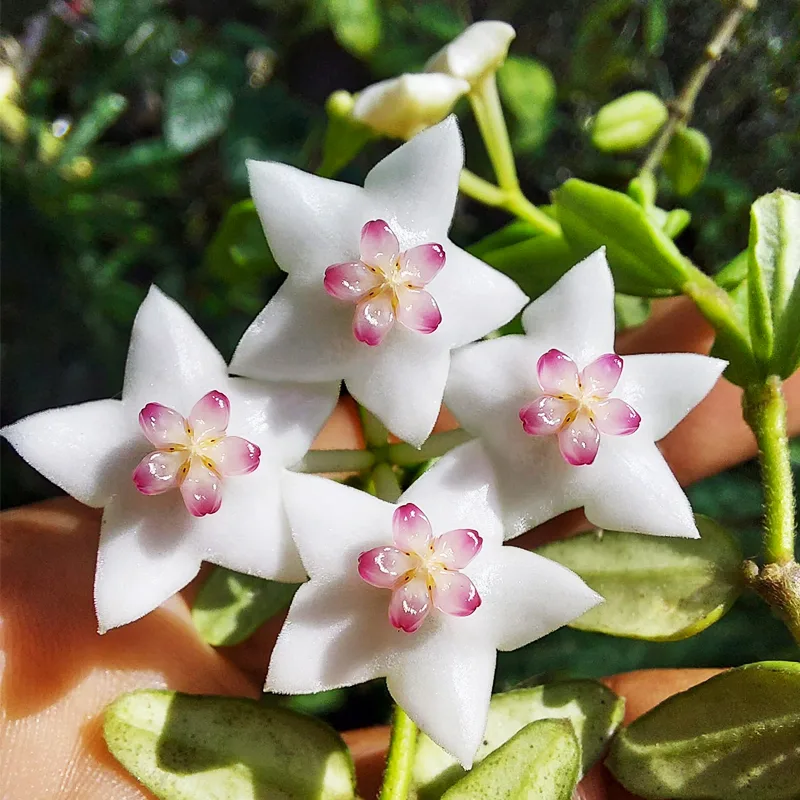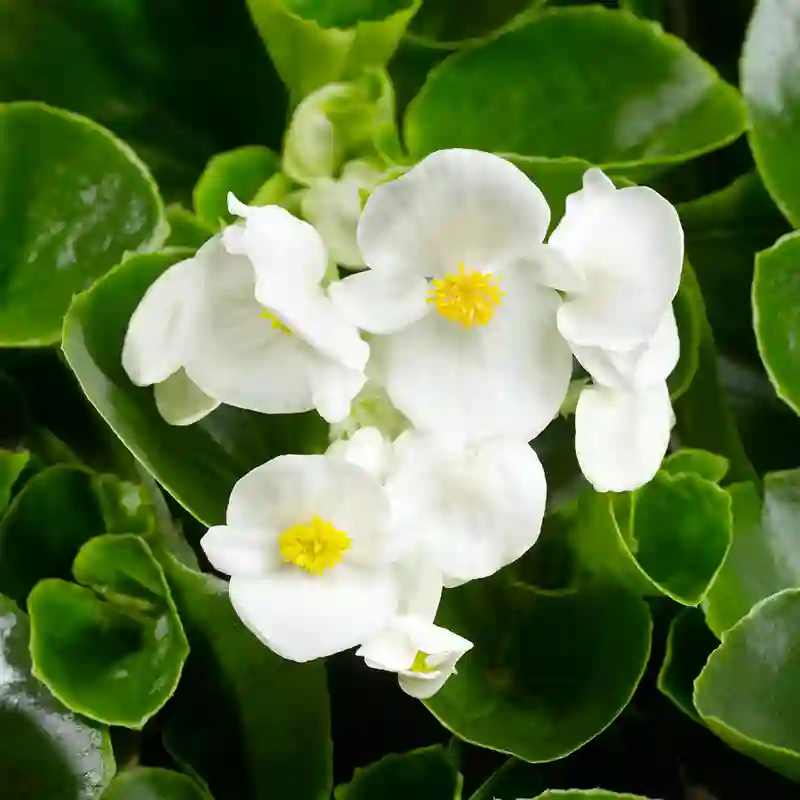Aruncus: A Gardener’s Appreciation
My name is Ferb Vu, and I’ve always been drawn to the quiet elegance of Aruncus, commonly known as Goatsbeard. These perennial plants, with their airy plumes of feathery white flowers, bring a touch of wildness and grace to any garden. I find their resilience and adaptability particularly admirable. They thrive in various conditions, from shady woodlands to sunny borders, making them a versatile choice for gardeners of all levels.
Understanding the Genus
Aruncus belongs to the Rosaceae family, which also includes roses, apples, and strawberries. It’s a small genus, with the exact number of species still debated among botanists. However, a few species are widely recognized:
- Aruncus dioicus: This is the most common species, also known as Bride’s Feathers or Goat’s Beard. It’s dioecious, meaning it has separate male and female plants. The male plants typically have showier flowers due to their numerous stamens. – Plant FAQs: Aruncus Dioicus – Goat’s Beard – Bride’s Feathers
- Aruncus aethusifolius: This species, known as Dwarf Goatsbeard or Korean Goatsbeard, is native to Korea. It’s much smaller than Aruncus dioicus, making it a great choice for rock gardens or containers.
- Aruncus gombalanus: This species, known as Yunnan Goatsbeard, is native to the mountains of Yunnan in China and adjacent Tibet. It’s less common in cultivation but valued for its unique characteristics.
- Aruncus sylvester: also known as goat’s beard, is a robust perennial that brings elegance to shaded garden areas with its feathery, creamy-white flower plumes and fern-like, deep green foliage. Native to woodlands across North America, Europe, and Asia, it thrives in cool, moist environments, making it a perfect choice for woodland gardens or shaded borders. Reaching heights of up to 4-6 feet (120-180 cm), this plant creates a dramatic statement in the garden during its bloom season in late spring to early summer. Its blooms attract pollinators, adding ecological value, and the plant’s low-maintenance nature makes it ideal for gardeners seeking both beauty and ease of care in shaded spots.
Cultivating Aruncus
One of the things I appreciate most about Aruncus is its ease of cultivation. These plants are relatively low-maintenance and can thrive in various conditions. Here are some key points to keep in mind:
- Soil: Aruncus prefers moist, well-drained soil. It can tolerate some shade but generally flowers best with at least partial sun.
- Watering: Consistent moisture is crucial, especially during hot summers.
- Fertilizing: While not strictly necessary, a balanced fertilizer can promote healthy growth and flowering.
- Pruning: Deadheading spent flowers can encourage additional blooms and prevent self-seeding.
The Beauty of Aruncus
Beyond their adaptability, Aruncus plants offer a unique aesthetic appeal. Their feathery plumes, often reaching several feet tall, create a sense of movement and lightness in the garden. They’re also excellent for attracting pollinators, such as bees and butterflies.
I particularly enjoy using Aruncus in combination with other shade-loving perennials, such as hostas, ferns, and astilbes. The contrast in textures and forms creates a visually dynamic landscape. Aruncus can also be used as a backdrop for smaller plants or as a specimen plant to draw attention to a specific area.
Aruncus in Floral Design
The long, graceful stems of Aruncus make them ideal for cut flower arrangements. Their airy plumes add a touch of elegance and can be used in both fresh and dried arrangements. I find that they pair well with other garden favorites, such as roses, peonies, and hydrangeas.
Conclusion
For me, Aruncus represents the perfect blend of beauty and resilience. These plants are a testament to the power of nature to thrive in diverse environments. Whether you’re a seasoned gardener or just starting, I highly recommend considering Aruncus for your garden. Their elegant blooms and adaptability make them a rewarding addition to any landscape.
If i die, water my plants!



